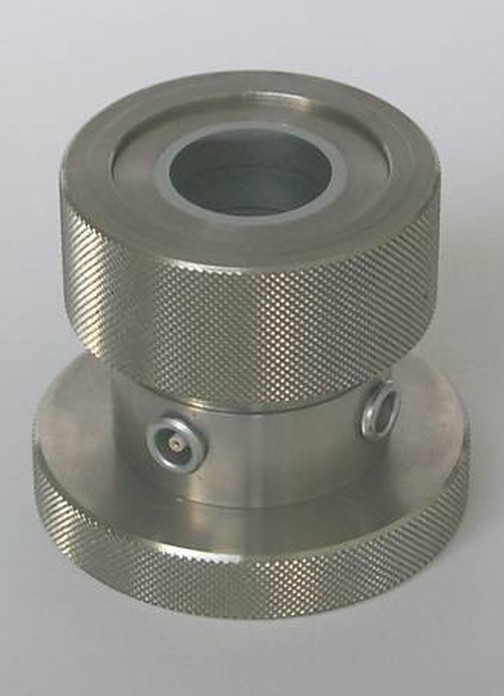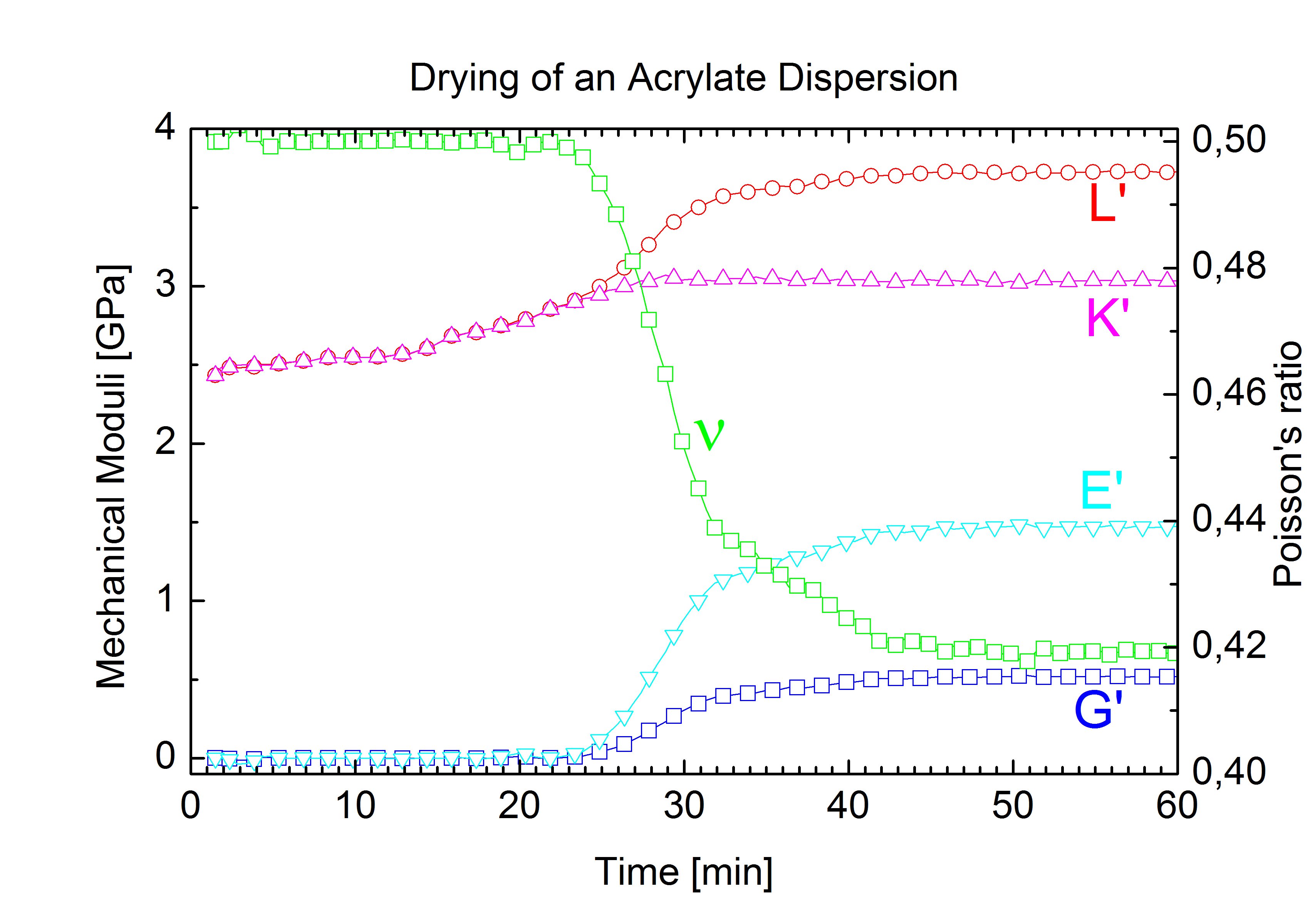With ultrasound, mechanical properties can be examined at high frequencies. Ultrasonic measurement techniques allow non-destructive examinations at measurement frequencies between 1 MHz and 100 MHz with rates of up to 1000 measurements per second. Typical applications are monitoring of:
- Drying and curing of paints and varnish (water or solvent based)
- The hardening of adhesives (acrylates, polyurethanes, epoxy resins, UV)
- Crystallization processes
We offer ultrasonic measurements in reflection or transmission, the examination of various issues and the adjustment of these specialized methods to your needs.
 Fraunhofer Institute for Structural Durability and System Reliability LBF
Fraunhofer Institute for Structural Durability and System Reliability LBF
